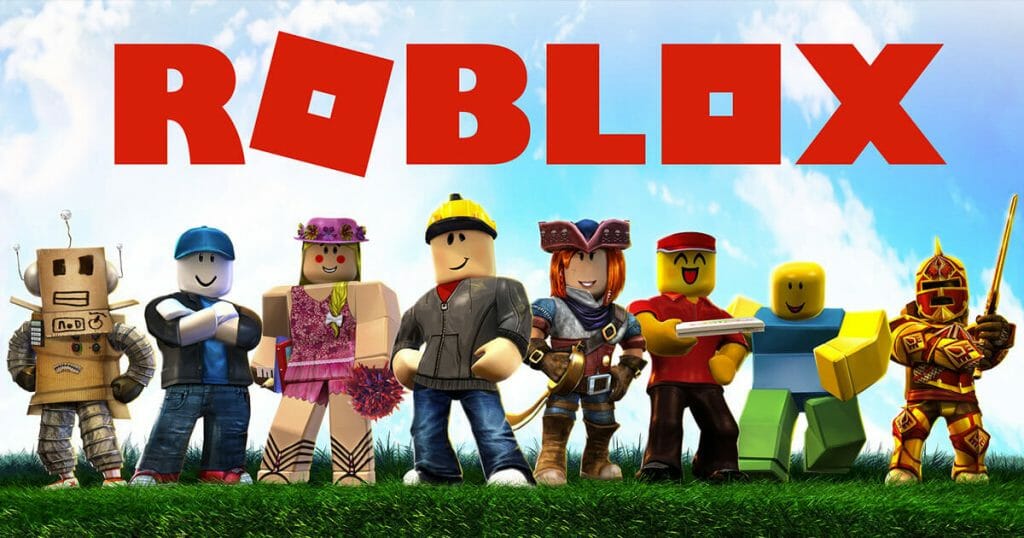The following report is from The Telegraph:
A price tag of £2,800 for a Gucci handbag is not uncommon. A recent transaction, however, has thrust the luxury fashion house into the limelight. A digital version of its Dionysus bag sold on Roblox, an online gaming platform, for about $4,115 (£2,973) – more than the price of the physical item.

Gucci is not alone in blurring the lines between reality and fantasy. During the pandemic, most fashion brands were forced to resort to films or virtual catwalk shows to display their latest creations. Balenciaga’s Fall 2021 collection, for example, was presented in a playable video game.
Even before the pandemic, several brands created digital clothing that only exists online. In 2019, LVMH designed a capsule collection for Riot Games’ League of Legends. Burberry teamed up with technology giant Tencent last year to add its hallmark tartan design to characters in the popular Honour of Kings video game.
The phenomenon is only just picking up pace, but the prospects of cashing in on it are already real. L’Atelier BNP Paribas estimates that in-game spending on items such as digital clothes and accessories and character upgrades will this year grow to $129bn from $109bn in 2019.
While luxury fashion houses have started to dip their toes in the cyber fashion market, some fledgling firms already cater exclusively for this niche.
Tribute, which is based in Croatia, sells digital-only clothes that can be added to outfits. Many of its designs end up on social media platforms and are flaunted by fashion influencers.

We strongly believe that digital fashion is the future we should embrace.
Co-founders Gala Marija Vrbanic and Filip Vajda
The entrepreneurs previously worked for a traditional clothing brand before they swapped textiles for pixels.
All 25 garments are sold out on its website, with items costing between $29 for a coat and $699 for a top. Tribute only makes a certain amount of each style and also creates bespoke orders. The start-up uses 3D software also used by traditional retailers to model the clothes. They then add the virtual version of the outfit on to a customer’s photo and edit the image until it is difficult to tell if it is real or not. The process takes up to five hours.
For firms such as Tribute the pandemic has been a boon as customers are more preoccupied than ever with how they look during virtual meetings. Virtual fashion is the next step forward down the digital path.
Amsterdam-based The Fabricant is a self-proclaimed digital fashion house. “We waste nothing but data and exploit nothing but our imagination,” it says, making “digital couture and fashion experiences”. It has almost 30 staff. This year it launched a multi-coloured shoe in partnership with footwear brand Buffalo London to be worn exclusively in the digital world. It only “made” 100 pairs, costing $30, with shoppers able to “wear” it in a still or moving image.
The product is being sold on Dressx, an e-commerce platform for digital-only goods. The website argues “there are ways to produce less, more sustainably, or not produce at all” and still enjoy fashion.
We aim to show that some clothes can exist only in their digital versions.

Paying for purely digital items is not an entirely new phenomenon. In the gaming arena, purchasing add-ons such as stickers or weapons has been the norm since the mid-2000s. A digital equivalent of Amsterdam was sold in the game Second Life for $50,000 in 2007. In 2010, a nightclub in Entropia Universe sold for $635,000.
However, L’Atelier BNP Paribas believes that the virtual economy – beyond fashion – is here to stay, and the implications could be far reaching.
It will provide an opportunity for people to smooth or augment their real-world income through a non-native economic system. What if a 21-year-old college graduate could use the €250,000 of virtual assets they have accrued as collateral for a mortgage?
Analysts from L’Atelier BNP Paribas
The rise of digital garments mirrors the popularity of so-called non-fungible tokens (NFTs), which has taken off in the past 12 months.
An NFT – short for non-fungible tokens – is an asset which is entirely unique, unlike for example gold, where a certain amount will receive the same price at the same time.
The digital assets can include things such as plots of land in virtual games, exclusive cryptocurrency wallet names or virtual trading cards.
Increasingly, artists have been making moves into NFTs, creating digital pieces of art or videos, that can be bought by investors online.
They are authenticated on something known as blockchain, which is essentially a digital ledger technology that can verify that a work is real and who the owner is. Blockchain, for example, forms the backbone of Bitcoin. Many digital pieces of art are authenticated on the Ethereum blockchain.
According to The Telegraph
It was only a matter of time before major fashion houses took an interest in NFTs, Gucci told Vogue Business in March. The company auctioned a four-minute NFT video at Christie’s for $25,000. Meanwhile, small business RTFKT (pronounced “artefact”) sold about 600 pairs of digital sneakers for $3.1m in seven minutes in February. The company recently raised $8m in a funding round led by Andreessen Horowitz, the US venture capital firm.
I believe in a future where augmented reality will be a huge part of society. You’re going to be walking out on the street and seeing NFT clothing on people.
One of Gucci’s co-founders
It will be up to consumers to decide whether this very modern form of Emperor’s new clothes is here to stay.
AUTHOR COMMENTARY
The lambs are for thy clothing, and the goats are the price of the field.
Proverbs 27:26
I’ll stick with real clothes, thank you very much. But what you are seeing is a growing trend that I personally saw growing years ago, and is now finally starting to hit the mainstream, which means it is about to become the “new normal.”
Additionally, WinePress readers that we have been reporting about that the coming smart cities will largely involve virtual reality and videogaming, so this report demonstrates where things are continuing to go.
Say Hello To 10G: “The Network Of The Future”
New Study Says That Video Games Could Be Used To Treat Mental Health Issues
[7] Who goeth a warfare any time at his own charges? who planteth a vineyard, and eateth not of the fruit thereof? or who feedeth a flock, and eateth not of the milk of the flock? [8] Say I these things as a man? or saith not the law the same also? [9] For it is written in the law of Moses, Thou shalt not muzzle the mouth of the ox that treadeth out the corn. Doth God take care for oxen? [10] Or saith he it altogether for our sakes? For our sakes, no doubt, this is written: that he that ploweth should plow in hope; and that he that thresheth in hope should be partaker of his hope. (1 Corinthians 9:7-10).
The WinePress needs your support! If God has laid it on your heart to want to contribute, please prayerfully consider donating to this ministry. If you cannot gift a monetary donation, then please donate your fervent prayers to keep this ministry going! Thank you and may God bless you.







